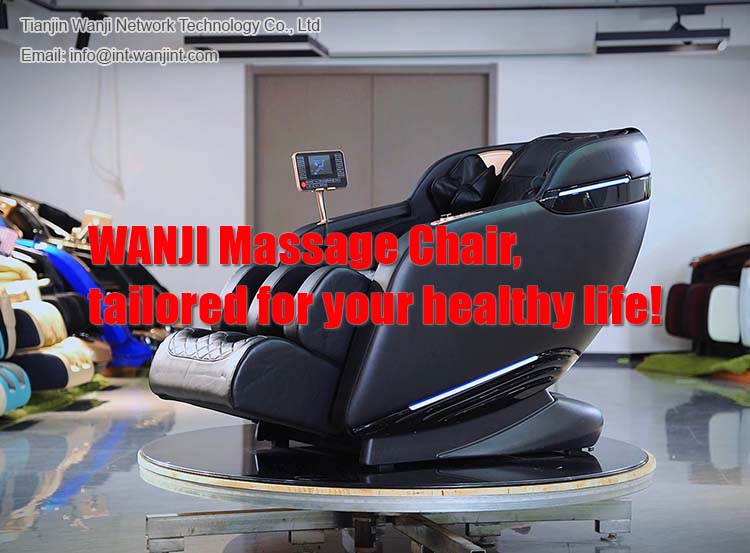Industry news
Exploring Massage Chairs: Principles, Techniques, and Therapeutic Benefits
Time:2024-03-14 15:13:33
Massage chairs operate on the principle of replicating manual massage techniques using mechanical force. Through the use of rollers and airbags, they simulate various massage motions such as rocking, kneading, tapping, and squeezing along the contours of the spine and body. This technology enables users to enjoy the benefits of a professional massage in the comfort of their own homes or offices.
Various massage techniques employed by massage chairs offer unique therapeutic benefits:
1. Kneading Technique: This involves gentle, rhythmic movements of rolling and pressing, which can help alleviate constipation, headaches, and muscle strains. It is particularly effective for massaging the neck, back, and limbs.
2. Tapping Technique: Using tapping motions with the palm, this technique targets areas affected by conditions like lumbar muscle strain, disc herniation, hypertension, and diabetes. It is primarily applied to the sides of the spine and lower limbs.
3. Acupressure Technique: By applying pressure to specific points or acupuncture sites, acupressure aids in managing various chronic conditions. It is suitable for the back, waist, hips, and lower limbs but should be used cautiously by elderly or frail individuals.
4. Rubbing Technique: Employing continuous rolling motions with the back of the hand, rubbing is beneficial for treating conditions such as cervical spondylosis, shoulder periarthritis, and fatigue. It is commonly applied to the neck, back, waist, hips, and limbs.

5. Vibration Technique: Vibrational massage, delivered through the palm or specialized tools, is effective for addressing conditions like headaches, insomnia, coughing, asthma, and cold limbs. It is suitable for various acupuncture points throughout the body, particularly in the head and neck regions.
6. Gripping Technique: By exerting pressure with the thumb and other fingers, gripping helps alleviate conditions such as cervical spondylosis, numbness in the limbs, headaches, and colds. It is primarily applied to the neck and limbs.
7. Kneading and Pinching Techniques: These involve rhythmic pressing and squeezing motions, effective for conditions like cervical spondylosis, fatigue-related limb soreness, and headaches. They are applied to the neck and limbs.
8. Pressing Technique: By applying pressure with fingers, palms, or elbows in a rhythmic manner, pressing is used to treat conditions such as lumbar muscle strain, cervical spondylosis, shoulder periarthritis, hypertension, diabetes, and paralysis. It is mainly applied to the lumbar region.
9. Pushing Technique: Utilizing fingers or palms to apply unidirectional linear pressure, pushing is beneficial for alleviating constipation, abdominal distention, indigestion, diarrhea, trauma-related swelling and pain, and other conditions. It is applied to the neck, limbs, and waist.
10. Rubbing Technique: Circular or linear rubbing motions with fingers or palms are effective for addressing conditions like coughing, chest and rib pain, belching, abdominal distention, poor digestion, constipation, diarrhea, and trauma-related pain. It is suitable for the neck, limbs, and back.
CATEGORIES
LATEST NEWS
- Innovation and Application of Smart Massage Chair Technology
- Current Status and Future Prospects of the Massage Chair Market
- Introducing the Next Generation Massage Chair Unparalleled Comfort and Smart Technology
- Smart massage chairs revolutionize the market with AI technology aiding health management
- How Will the Massage Chair Industry Thrive in the Booming Health Economy?
Aim
Respect Life, Keep improving
We develop values for our clients to
improve together and offer OEM/ODM services